|
categories: Disc AQ I interviewed Dr. Tony Alessandra, founder of Assessments 24x7, to discuss the intersection of DISC and Answer Intelligence (AQ)™. The following are some basics regarding DISC, AQ, and DISC AQ (using DISC + AQ at the same time). DISC is a framework for understanding your behaviors and those of others. AQ is the ability to provide elevated answers to important questions. Taken together, DISC AQ supports meaningful conversations about your identity and the identity of others to encourage productive and deep relationships at work. DISC AQ is the ability to effectively communicate your behavior style. DISC
DISC AQ
anchor: Tony
Interview with Dr. Alesandra During my interview with Dr. Alesandra, I asked him some basic questions about his DISC profile. I knew Dominance was his primary behavioral style. For example, I asked him, "What is dominance?" In AQ terms, as a concept-answer he was able to define dominance and discuss key aspects of dominance, including that he is very direct. I then suggested a metaphor for being direct. I said, "you prefer to go from point A to point B." He said, "That is close. I prefer to go directly from point A to Z." This metaphor is very helpful for anyone that is working with Dr. Alessandra. It is important to communicate your DISC style in terms of six answers (story, metaphor, theory, concept, procedure, action) to make sense of yourself and to help others effectively work with you. What is Dominance? Concept
Metaphor
Concept
Metaphor
Understand & Communicate Who You Are. Learn more about the DISC AQ assessment for Individuals, Organizations, or Professional Service Firms.
0 Comments
Tracy L. Baumann is Director of Marketing at The Brooks Group, an award-winning Top 20 Sales Training Company. This article is part of the High AQ Interview Series where executives, academics, and thought leaders discuss elevated answers. The following interview is edited for clarity. DiSC® and CommunicationDiSC® is a personality framework that identifies four basic personality types:
Dr G: “How do you think DiSC® is related to Answer Intelligence (AQ)™?” Tracy Baumann: “DiSC® provides a personality profile for others that you need to keep in mind when communicating. When you speak with a High-D, you want to keep communication short and to the point… No emojis. In contrast, the High-I wants emojis… they want to use feelings to connect with others. The High-C wants practical and evidenced based information such as charts and graphs.” Dr. G: “In contrast to DiSC®, Answer Intelligence (AQ)™ is a communication framework with implications for traits. Specifically, Answer with Style (High AQ Practice 4) holds that individuals have distinct communication preferences. The practical style is associated with a preference for procedure and action answers to achieve results. The analytical style is associated with a preference for concept and theory answers to explain and predict in a complex world. Finally, the relational style is associated with a preference for story and metaphor answers to emotionally connect. A big difference between AQ and DiSC® is that with AQ, only 1 of the 5 High AQ practices is focused upon traits, and the other 4 High AQ practices are focused upon question-and-answer principles you can apply across personality types. For example, if you are asked “Why should I hire you?”, High AQ practice 1 holds you have six answer types to choose from (concept, theory, story, metaphor, procedure, action) and that either a theory or concept answer is most important.” Tracy Baumann: “I agree. Regardless of the questions being asked, the AQ styles make sense based upon my experience of how individuals prefer to communicate regardless of the specific questions being asked. Then, there also is a recognition that every conversation has unique questions that must be effectively answered by all personality types.” Dr G: “Leaning into the personality core of DiSC®, can you explain how The Brooks Group uses personality as you consult with your sales clients?” Tracy Baumann: “We use DiSC® to hire the right people for the right positions. We use it as a reliable source to narrow down the pool of applicants. Certain personality types fit better for certain roles. For instance, in sales the typical seller is a High-D and High-I (friendly and relationship oriented, but dominant). We rarely hire someone in a sales role at The Brooks Group that is not the established benchmarked DiSC® profile. We have made mistakes in the past hiring the wrong person for a role.” Dr G: “So if you hire on personality traits, how does any given communicator adapt to the unique questions and answers that flow in real time during a conversation? For example, I did a workshop for a sales organization selling enterprise software. In DiSC® terms, you could describe the sales reps as D-I types. In AQ terms, the D-personality related to practical answers (procedure and answers) they would prefer to provide others. The I-personality related to story and metaphors the sales reps like to use to connect to others. The problem, as underlined by the sales director at the workshop, was that many of his reps were being asked “why-questions” by senior executives, and the executives wanted strategy answers (theory in the AQ framework) and the sales reps were missing the mark. Often, they would default to answering the why-question by doing a feature and function dump (procedure and action dump in AQ vernacular). Not responding with the right answer was a big problem.” Tracy Baumann: “When we teach IMPACT Selling, something we do is teach sellers that whatever your style is, you should approach your prospect or client in neutral and adapt to the person you are communicating with. In your example, the executives may have preferred analytical communication [theory and concept] and sellers should go to neutral and communicate with answers the executive buyer prefers. More generally, of course, your point is that personality is not the same thing as communication. Personality frameworks, like DiSC®, and communication frameworks, like Answer intelligence (AQ)™, overlap, but have distinct implications that stem from their vantage points. Applying the AQ lens to other aspects of sales and marketing, I’m reminded of buyer personas. You must have an understanding of the buyer to make sure you are communicating products and services to address their pain points. Our research department regularly examines the current challenges of sales leaders. These challenges could relate to questions and answers the buyer and seller exchange in a conversation. In other words, personas could be mapped to specific questions and answers they provide. Second, buyers are more educated now, and earlier in the sales process—they have more answers. There is more of an emphasis in getting the conversation right, right away, or else you are out as a seller. AQ provides a lens to inform personas.” Dr G: “Your extension of AQ to personas underscores the general point we have been discussing—different frameworks (personas, DiSC®, Answer Intelligence (AQ)™) each hold different assumptions, principles, and practices about the world that inform unique, but partially overlapping, perspectives about the world. Personas and AQ are distinct but can inform each other. In similar terms, DiSC and AQ are distinct, but can inform each other. DiSC® is a personality framework, first and foremost, and a communication framework second.” Implications of AQ (a communication framework) for DiSC® (a personality framework)To close this article, Dr G and Tracy Baumann compiled a short list of communication implications of Answer intelligence (AQ)™ that could inform our understanding of DiSC®. The purpose of this list is not to provide solutions, but simply to suggest how AQ (a new communication framework) can push our understanding of DiSC® (a personality framework). If these AQ implications are wrestled to the ground, the effectiveness of communicating to distinct personalities can be improved. 1. Which question types (why, what, how) are most associated with each DiSC® type (Dominance (D), Influence (i), Steadiness (S), Compliance (C))? 2. Which answer types (theory, concept, story, metaphor, procedure, action) are most associated with each DiSC® type? 3. How are questions and answers sequenced over a conversation depending on the DiSC® profiles of the conversation participants? 4. How do the 5 High AQ practices inform our understanding of communication for each DiSC® profile? This article suggests at least one High AQ Takeaway. High AQ Takeaway: Business frameworks are based upon distinct assumptions. Ultimately, DiSC® is a personality framework with implications for communication. To better understand DiSC®, it can be combined with Answer Intelligence (AQ)™, a communication framework. Effective consultants, coaches, and trainers will use multiple frameworks in combination to meet the needs of their clients. It is important to understand how each framework can inform the other framework, as well as the limitations of any existing framework. If you found Answer Intelligence (AQ)™ an interesting framework, please share this post with others. Also, try our Sales AQ free test to gauge your AQ.
|
Access Octomono Masonry Settings
AuthorDr. Brian Glibkowski is the author of Answer Intelligence: Raise your AQ. Archives
October 2022
Categories
All
|
About AQ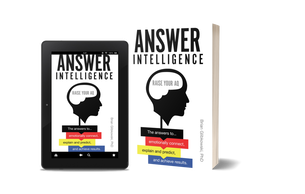
Answer Intelligence (AQ)™ is the ability to provide elevated answers to explain and predict in a complex world, emotionally connect, and achieve results. Are you conversation ready?
Meet HarperHarper's story illustrates the transformative power of AQ in her own career and in the success of her organization.
|
AQ Upskilling PlatformAI is machine thinking. AQ is human thinking (developed based on academic research) in terms of simple questions (why, what, how, when, where, who) and answers (concept, metaphor, theory, story, procedure, action) that elevate human-to-AI and human-to-human communication.
|
Quick Access LinksBuy the Book
Explore AQ (Free Assessment) AQ TEDx Video Professional Services Firms + AQ Brian Glibkowski, PhD - AQ Creator Meet Harper - Overview Video Meet Mark - Software Case Reasons You Need AQ |
Featured |

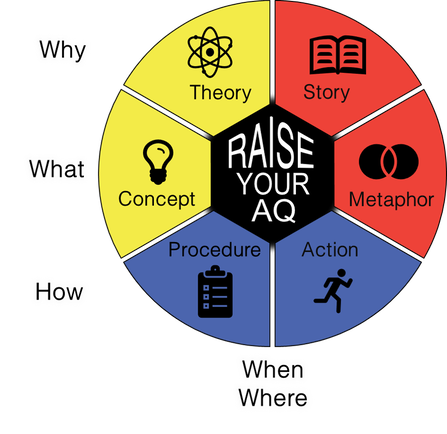
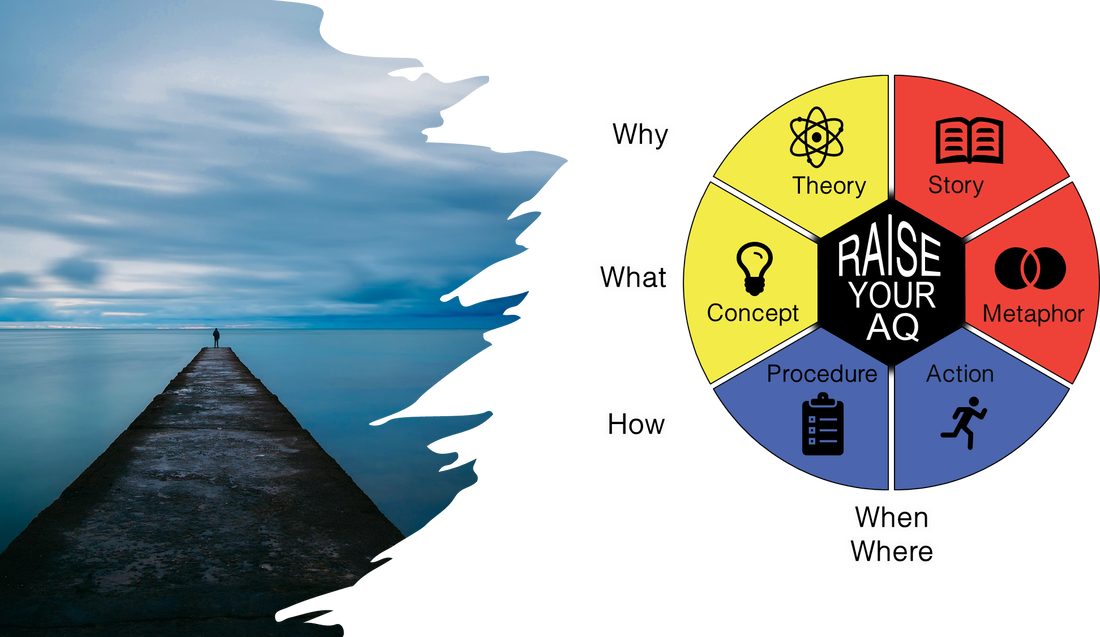
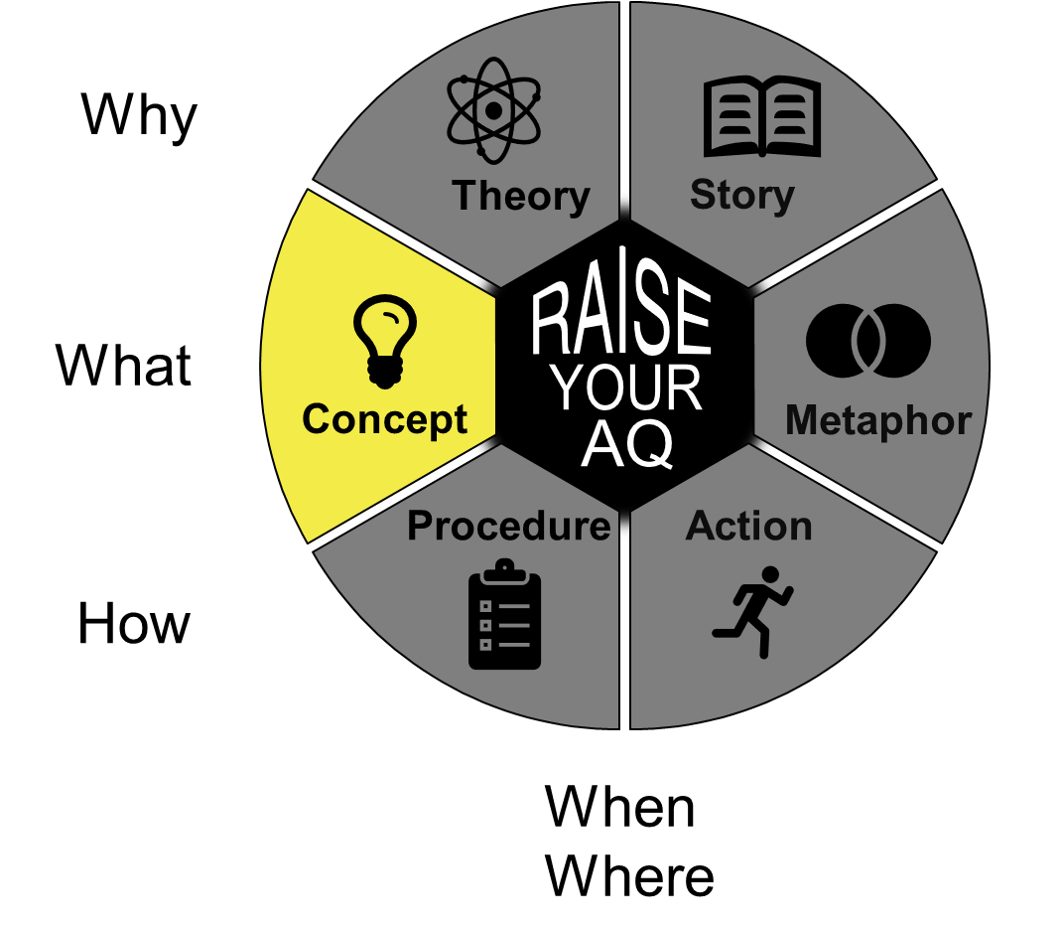
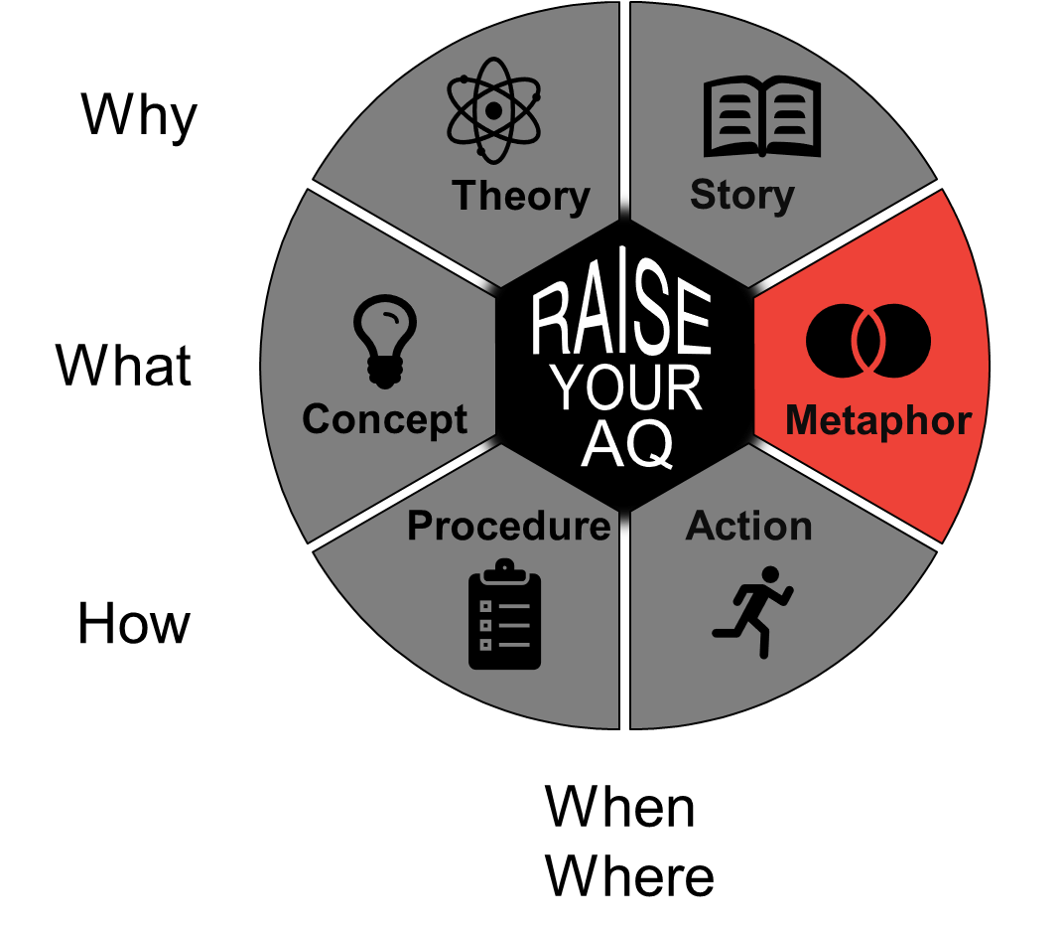
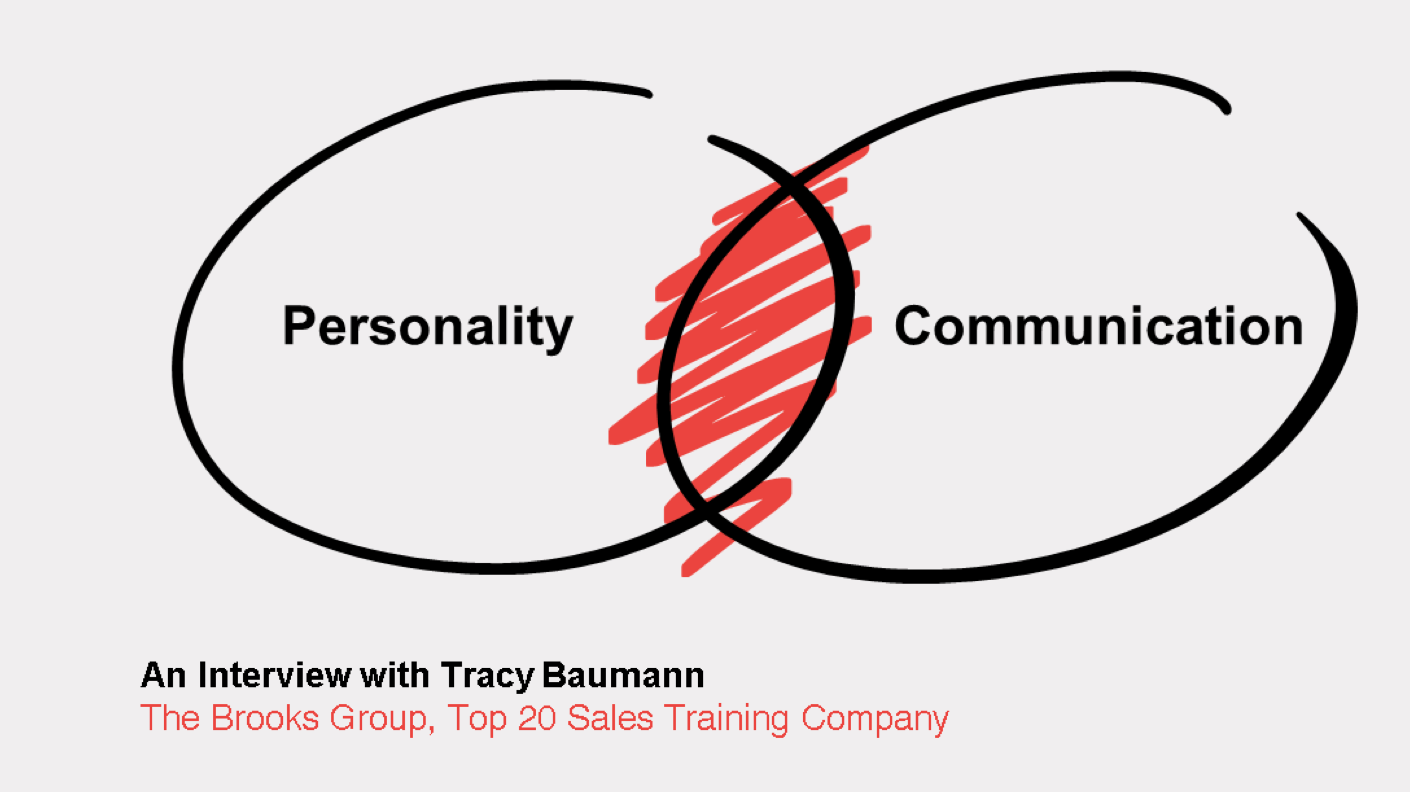
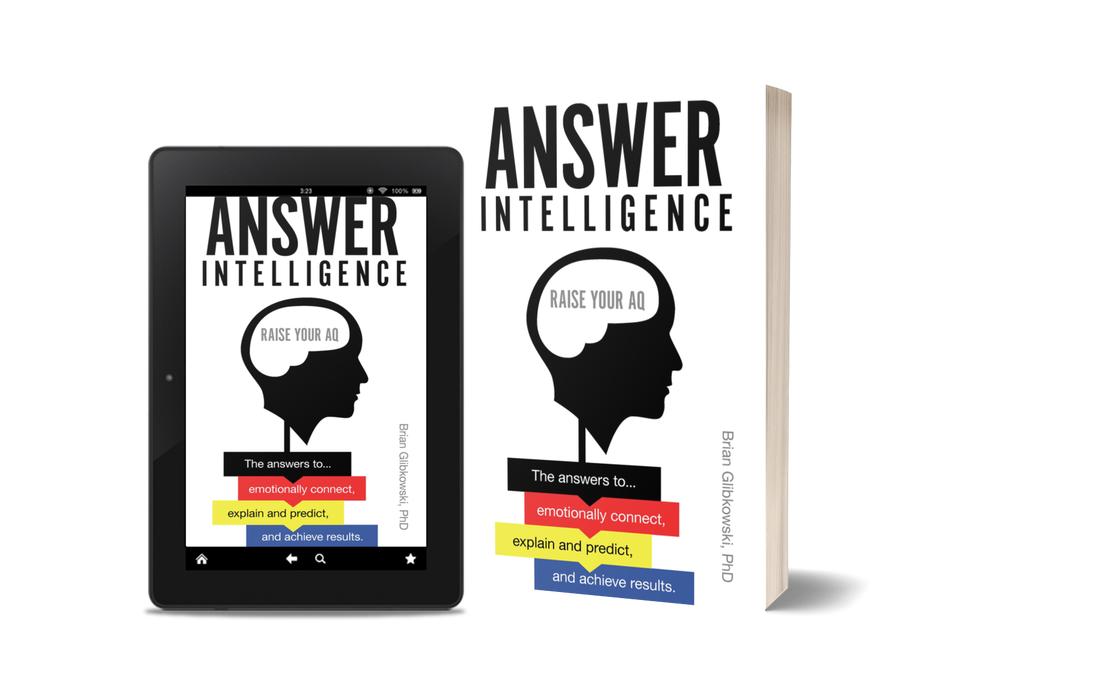
 RSS Feed
RSS Feed